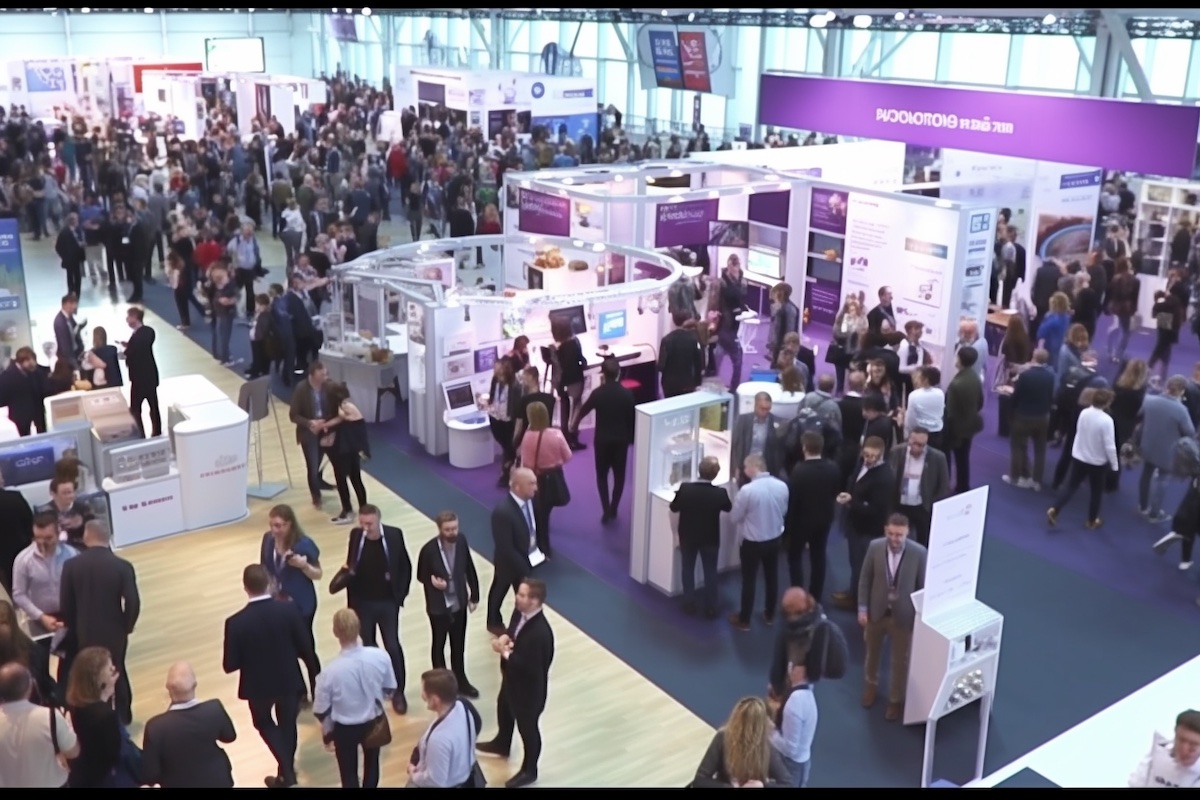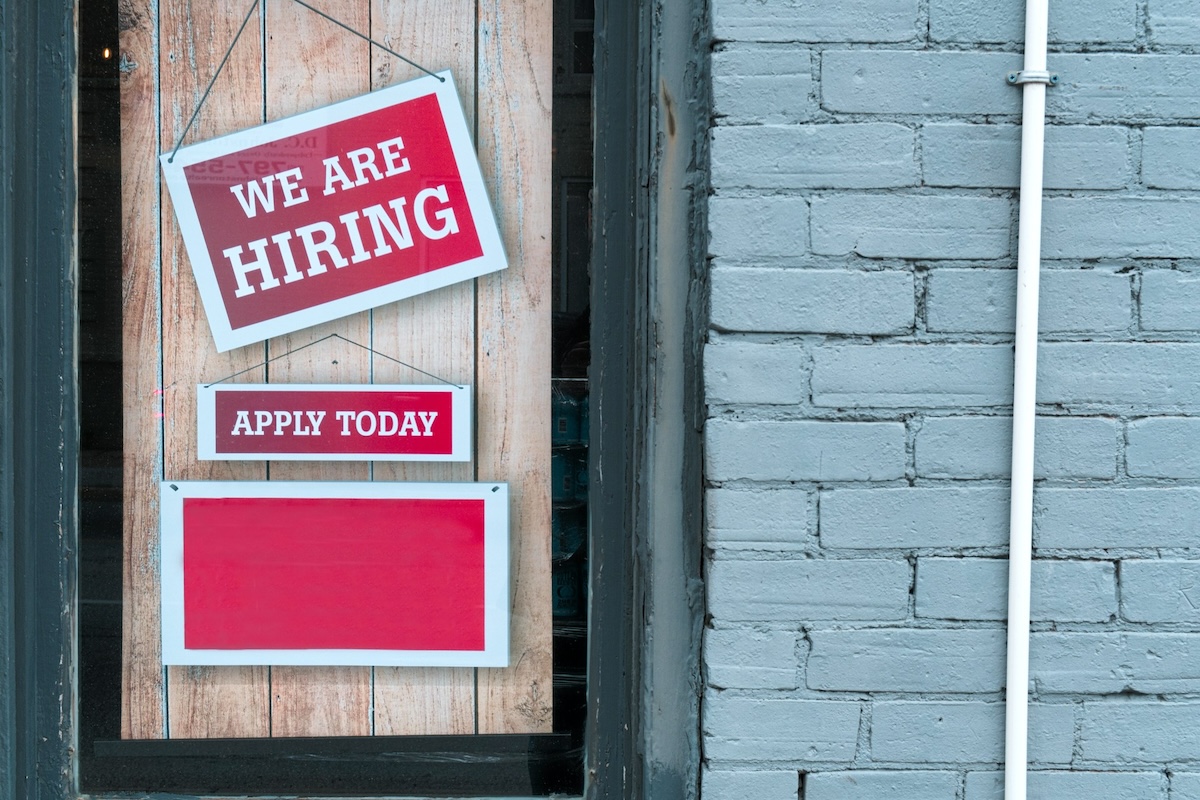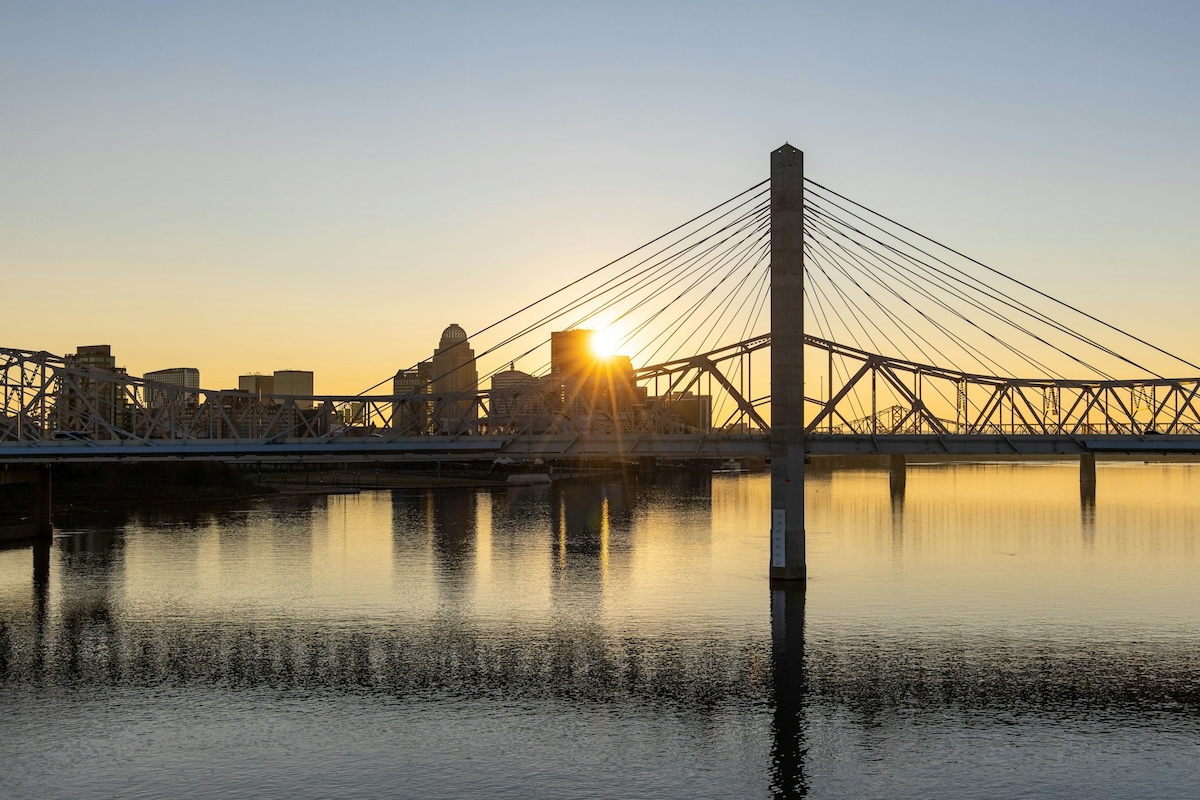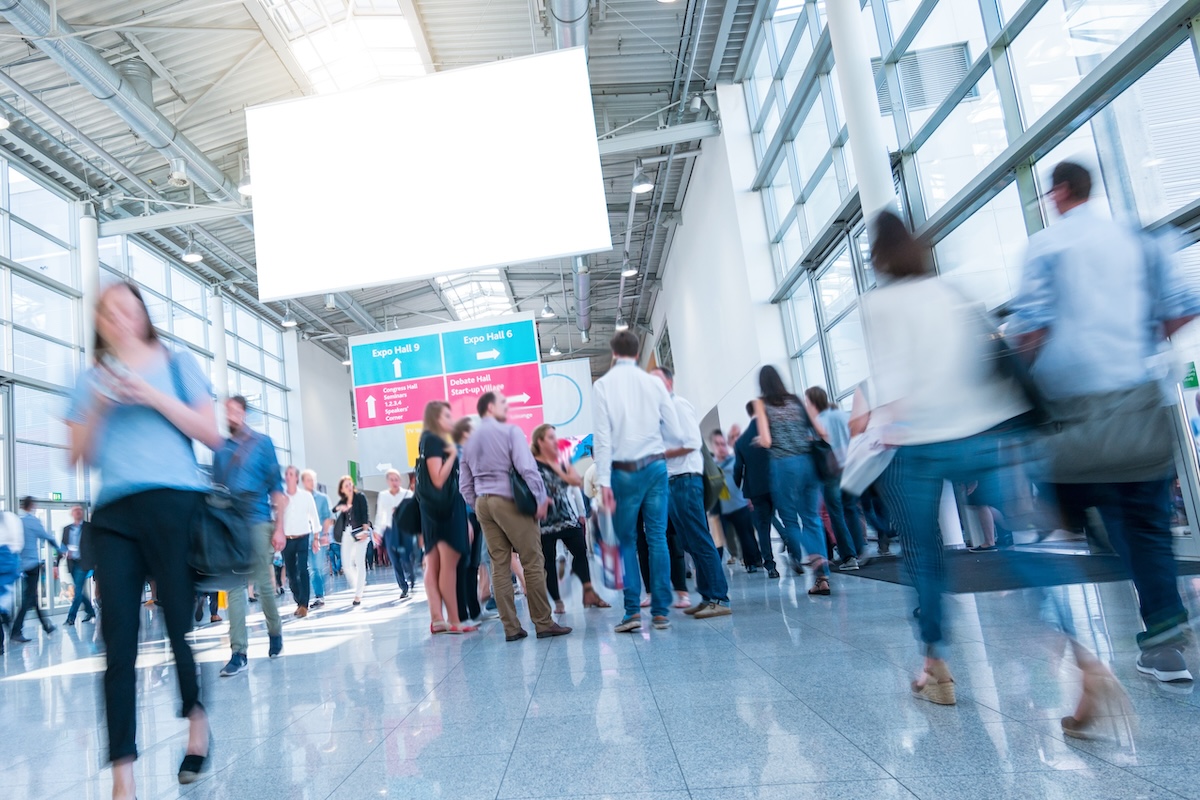Skift Take
Understanding the gap between exhibitor objectives and attendee needs may hold the key to successful trade show participation in the post-Covid era.
The latest exhibitor and sponsors trends report from event agency Freeman reveals record attendance figures. It also suggests a disconnect between how exhibitors and sponsors are presenting themselves across business events, and what attendees are looking for. These gaps are worth exploring further.
Record Attendance
Attendee numbers for the first quarter of 2023 reached 103 percent of pre-pandemic levels. That is undoubtedly good news and represents a milestone for business events. The days of 65 percent (spring 2022) and 84 percent (fall 2022) attendance figures seem long gone. With a strong final quarter of 2022 and a continuation of growth in 2023, attendance tracking feels like old news.
“Let’s just agree that the words recovery and post, pandemic need to be behind us. Now we are dealing with current real business and economic conditions,” said Ken Holsinger, senior vice president of strategy at Freeman
2019 is widely recognized as a record year, so while comparisons may be unfair, they are unavoidable. One important question that is worth asking is about the ability to sustain this kind of figure.
Holsinger believes the numbers would be even higher by 10 to 15 percent. Logistical challenges, particularly for international business travelers facing long wait times for visas, are the main barrier that needs to be overcome.
Nevertheless, pent-up demand may also be a factor. “I think that some of what we’re seeing is a pent-up demand for getting back and a lot of the [trade show] cycle was interrupted during the pandemic,” said Holsinger.
There may also be a question about consolidation. Only the attendance of shows that continue to run is tracked, leaving out shows that no longer run, which potentially skews the data.
Mind the Gaps
The report alerts for three main gaps that are worth addressing:
- Exhibitor expectations vs. exhibitor satisfaction
- Event budgets vs. inflation
- Seasoned exhibitors vs. newcomers
Meeting new customers is the most important objective for exhibitors, 94 percent see it as extremely or very important. However, the rate of satisfaction is only 50 percent. This satisfaction gap sits at 44 percent, an increase from 30 percent before the Covid pandemic.
Although budgets are the same or higher for over half of respondents, high inflation means that exhibitors get less for their money. It’s also important to remember that almost two-thirds (64 percent) of exhibitors are new. This statistic alone should raise eyebrows and make exhibiting companies consider reassessing their strategy.
Interestingly, the report also reveals that exhibitor budget allocation has not shifted much. This suggests that most companies are taking a traditional approach to exhibiting, rather than investing in experiential activations.
Focusing on Solutions
Freeman found that closing just one of the gaps in satisfaction can influence overall sentiment. “If we can solve even one key objective of these six, we find that they have a much more positive outlook […] their general sentiment rises,” said Holsinger.
Freeman’s main recommendation is to stay focused on the quality of leads rather than the quantity. This focus is something that the report reveals is the intent but not the actual behavior of exhibitors and sponsors.
It also suggests that the best way for exhibitors and sponsors to attract high-quality prospects is to focus on the return on objectives for attendees. The recommendation is not revolutionary, but what it takes to achieve it may require new concepts and new tools.
Photo credit: Midjourney / Prompt: busy trade show floor with young people on stands testing products and talking in groups





